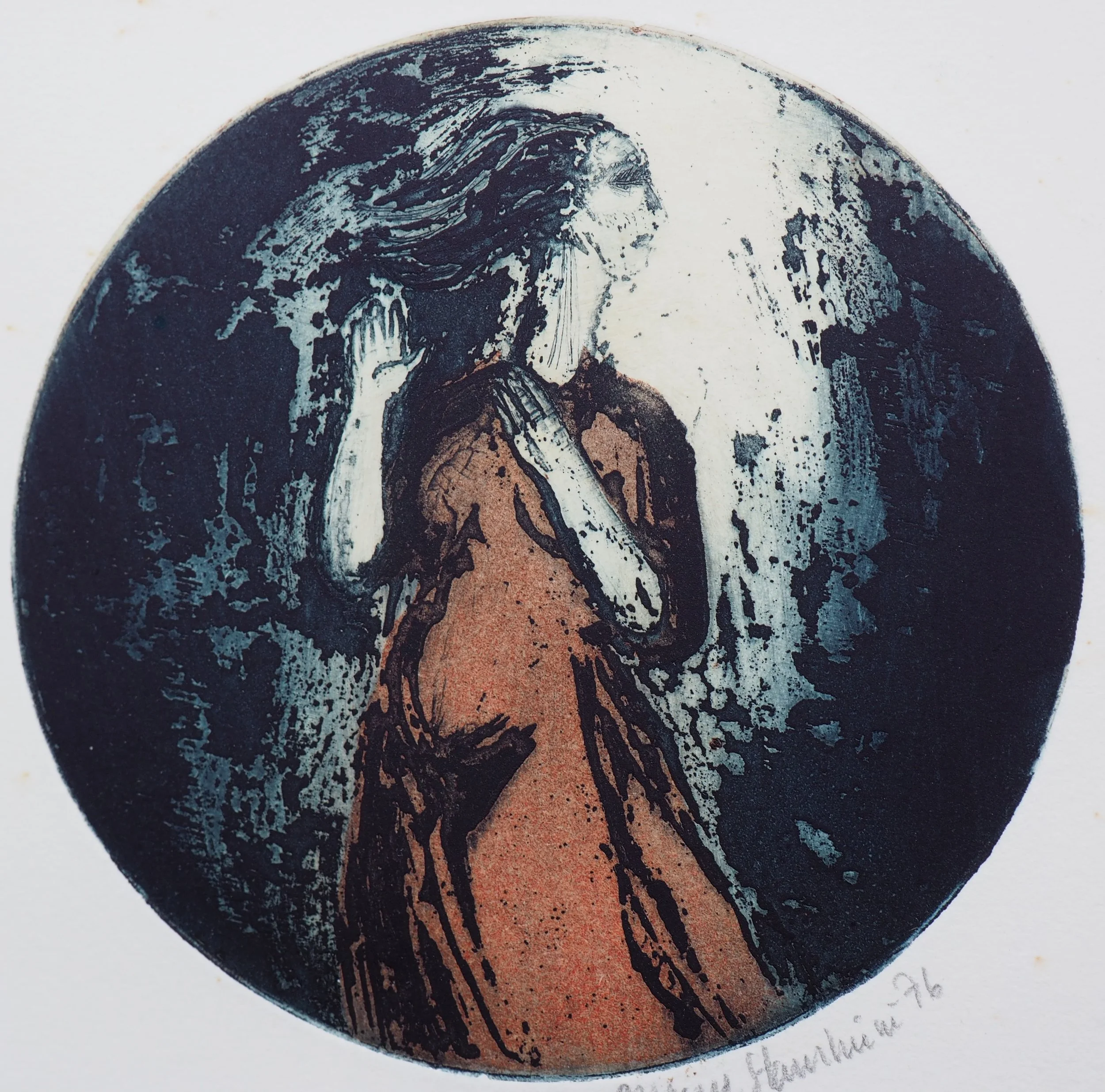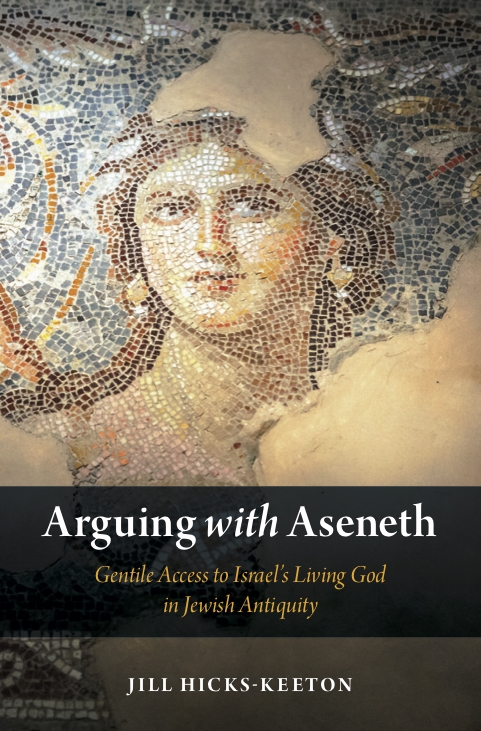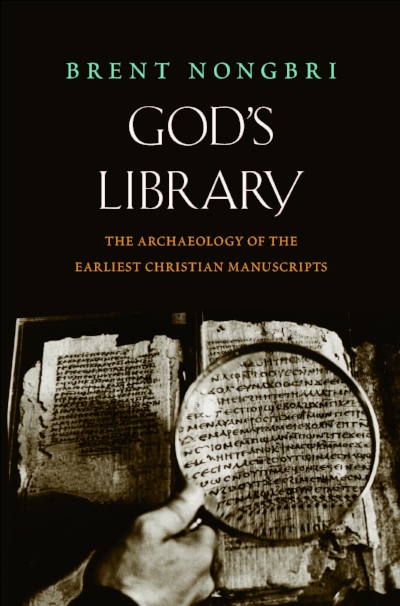Stories about the Virgin—who played a vital role in the religious everyday-life of most Byzantine Christians—supplied threads for that web and colored the imaginaire of a whole civilization. The people shaped her as she shaped them.
Read MoreGenealogical Bewilderment: Between the Scholarly and the Personal in the Quest for the Origin of the Jews
Steven Weitzman reflects on the personal aspect of writing about the quest for the origin of the Jews: “I knew this book would have to be a meta-study more than a historical one, an exploration of how we think about origins more than attempt to solve the riddle of origin.”
Read MoreJohn’s Apocalypse and Theriocidal (animal-killing) Empires
In my book, Apocalyptic Ecology, I utilize venationes as part of the Roman world against which John of Patmos reacted in writing the New Testament book of Revelation.
Read MoreInner Animalities
Scholars of animal studies unanimously reject anthropological exceptionalism. Much of the conversation in the field has turned on how to reject it and why we ought to do so. In the wake of this literature, I find myself all the more intrigued by the textual ecology of late antique Christianity, since these texts play an outsized role in shaping the shared topography of humanness and animality that we find ourselves inhabiting.
Read MoreArt as a Medium of Religious Dialogue and Competition in Late Antiquity
Dr. Catherine Hezser introduces her book Bild und Kontext: Jüdische und christliche Ikonographie der Spätantike: “I examine exemplary biblical, mythological, and symbolic images in the context of Jewish, Christian, and Graeco-Roman literary sources to determine their possible uses and meanings within the multi-cultural realms of late antique society. I argue that the images were carefully chosen to engage in an ongoing visual discourse within the public sphere.”
Read MorePublication | Christian Reading: language, ethics and the order of things
My book is about reading as world-building, because reading with a grammarian in antiquity meant reading in a pool of fragmentation, displacement, and homogenization to re-arrange time and re-align filiation.
Read MoreWhat can pre-modern Muslims tell us about the Hebrew Bible?
King Ahashverush and the maidens, Shahin, Ardashir-nameh, Persia, 2nd half of the 17th century (Berlin, Staatbibliothek Preussischer Kulturbesitz)
King Ahashverush and the maidens, Shahin, Ardashir-nameh, Persia, 2nd half of the 17th century (Berlin, Staatbibliothek Preussischer Kulturbesitz)
“There is evidence that Persian Muslims and Jews shared notions about the story that united them on the one hand and distinguished them from their coreligionists elsewhere on the other.”
Read MoreCreating Christian Marriage in Early Islamic Arabia
"Do Christians have to marry in churches? Historically, many Christian theologians have said “yes.” But they haven’t always. It wasn’t until the tenth century, for example, that the Byzantine emperor made a church ceremony a required element of marriage for Orthodox Christians. Nor was Constantinople at the forefront of the matter.”
Read MoreJob, White Privilege, and the Case for Reparations
Nevertheless, I characterize the book as more protean. It resists reductive readings, always offering a counter-text to any interpretation (including the one in this essay.)
Read MoreAmalasuintha: The Transformation of Queenship in the Post-Roman World
Unlike these Gothic queens, Amalasuintha was more than an instrument of diplomacy: she was diplomacy, a ruling mother who dealt with legates directly, without an interpreter since she knew so many languages
Read MoreGospels Before the Book
Ignoring, or at least unaware of, the disjointed discourses about gospel textuality and authorship within the first centuries of the Common Era, modern historians of ancient Christianity speak about first century gospel texts in ways unknown in the first and second century discourses about the gospel.
Read MoreResurrection: Why, how, and for whom?
By shifting away from the relationship between resurrection and embodiment, I read “behind” or at least “around” the flashpoints surrounding the nature of the resurrected body.
Read MoreCovenant without Circumcision? What to Do with a Woman
The character of Aseneth becomes transformed from material mother of the sons of Joseph to mythic mother-figure for the tribes of Israel and penitent nations who join in worshiping Israel’s God.She has become, in this ancient tale, a productive site of intervention in Israel’s story—a matriarch who matters in the history of and for the future of God’s covenanted community.
Read More“Not Veiled in Silence”: The Challenge of Writing about Early Christian Women
How did women of various regions, backgrounds, situations, and temperaments assume authority, exercise power, and shape both their legacy and the legacy of Christianity?
Read MoreA Manuscript of Exodus Wandering in the Wilderness
Ancient manuscripts are more than just carriers of texts. They are archaeological artifacts and deserve to be studied as such.
Read MoreMade Tyrants by the Victory of Others
It would not be a mischaracterisation or an exaggeration to say that the late Roman state was a polity defined by civil war. Roman leaders at this time approached their rule ever cognizant of the fact that sooner or later, one of their subordinates could don the purple robe, stand before a provincial army, and be proclaimed emperor.
Read MoreWhy Do the Infancy Gospels Matter?
As I studied the infancy gospels, I began to wonder if something had been overlooked in the intense scholarly focus on the figures of Jesus and Mary. That something, I concluded, was the depiction of familial relationships.
Read MoreArius Redivivus, Yet Again
My book aims in part to connect debates between Nicenes and Homoians in Vandal Africa—and across the post-imperial West—to those wider developments in the historiography of late ancient Christianity from which they have been peculiarly absent.
Read MoreDisability Studies and Rabbinic Resistance to the Roman Conquest of Jerusalem
Dr. Julia Watts Belser uses disability theory to read rabbinic narratives about the destruction of Jerusalem, identifying how "the disabled Jewish body serves both as a visceral occasion for lament and a potent site of protest against empire."
Read More

















